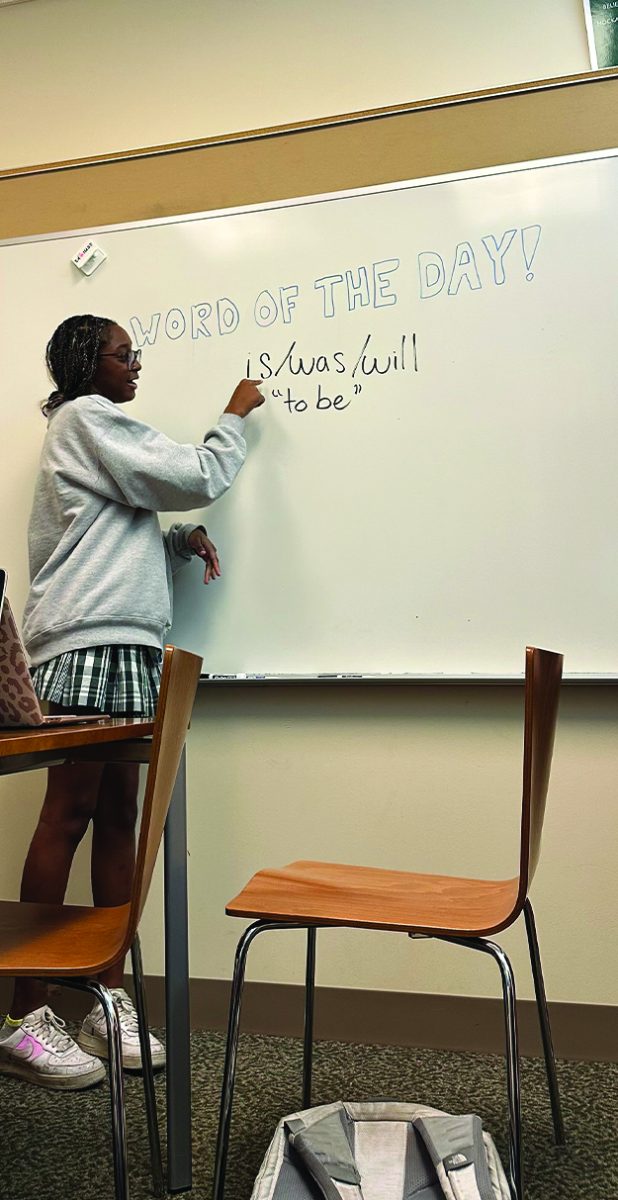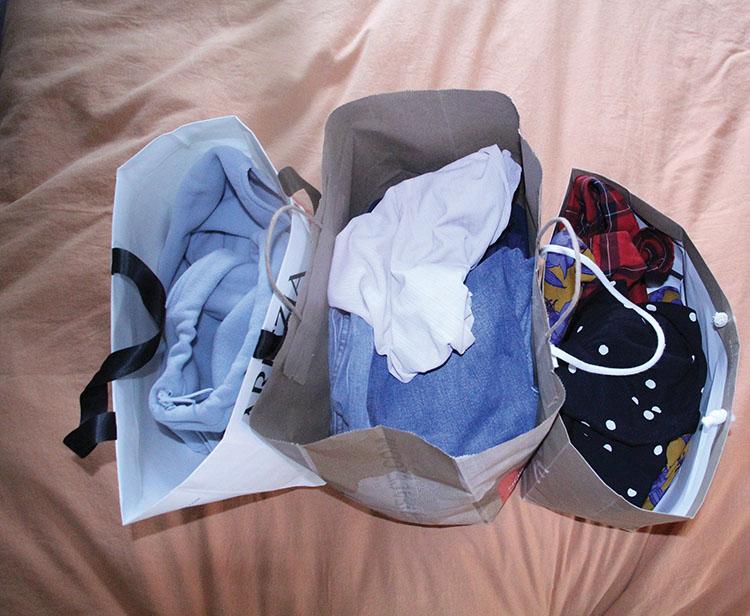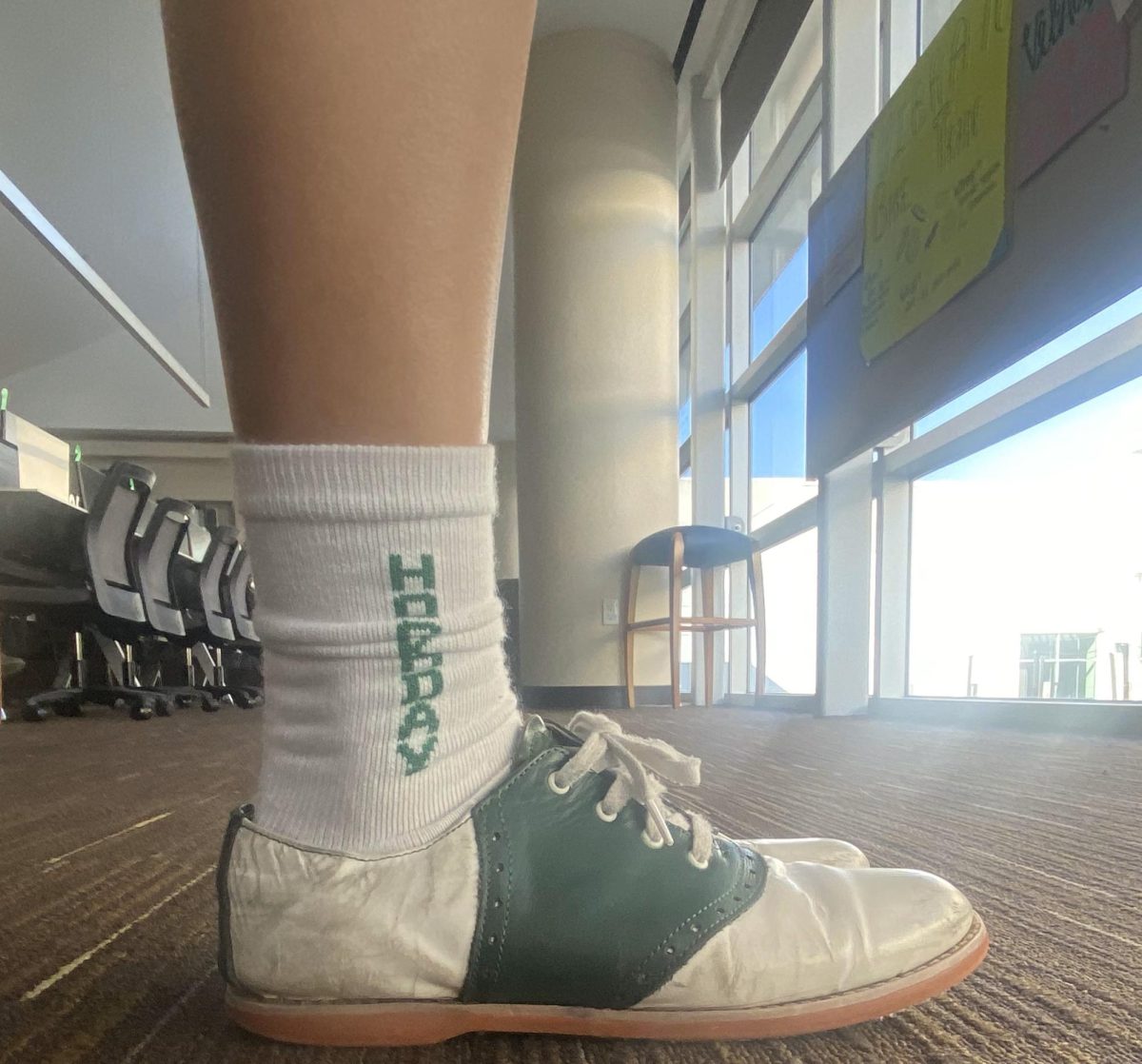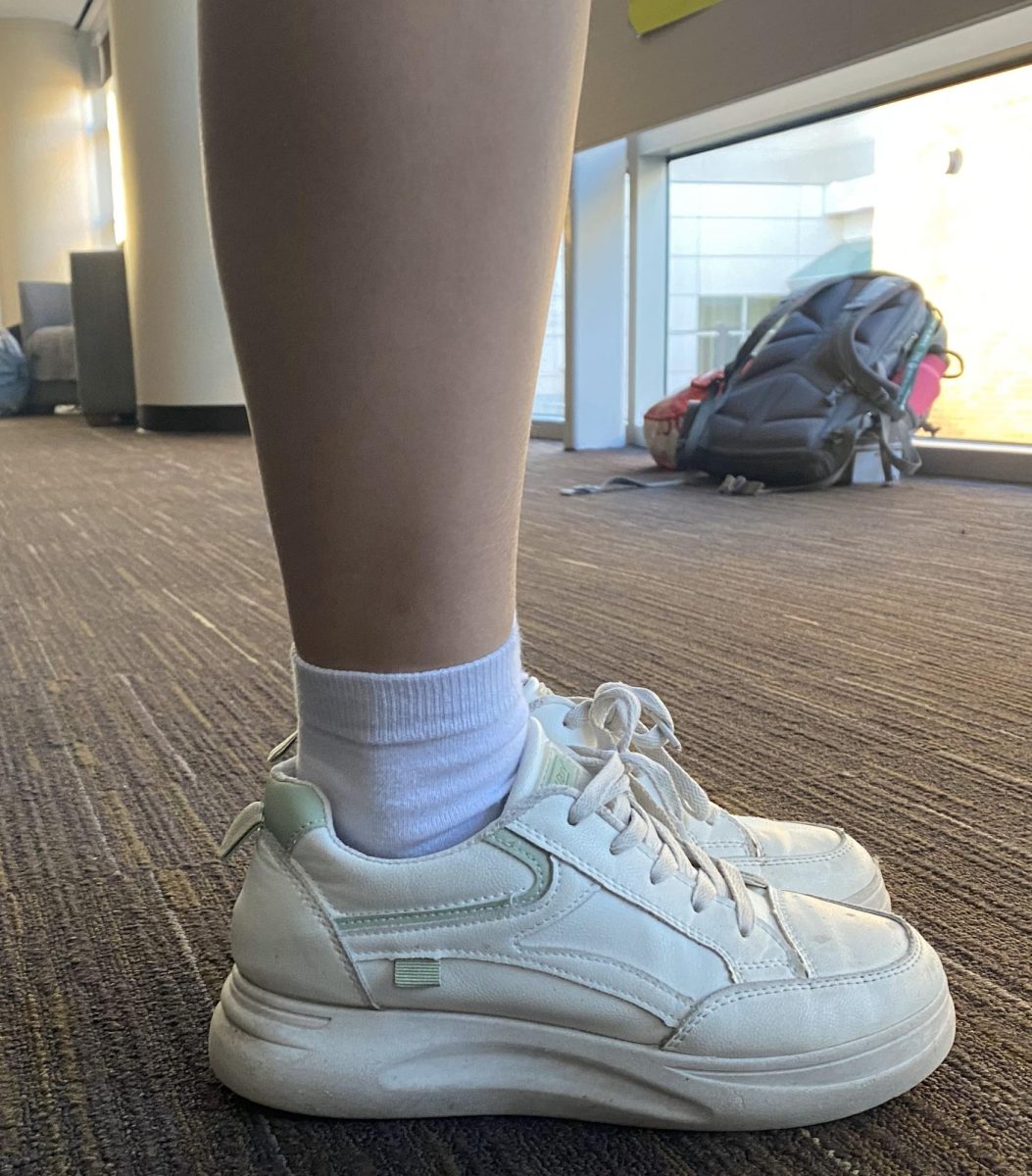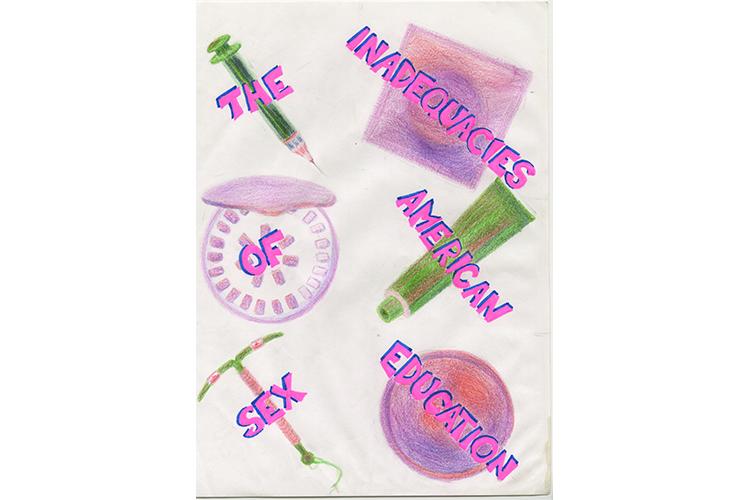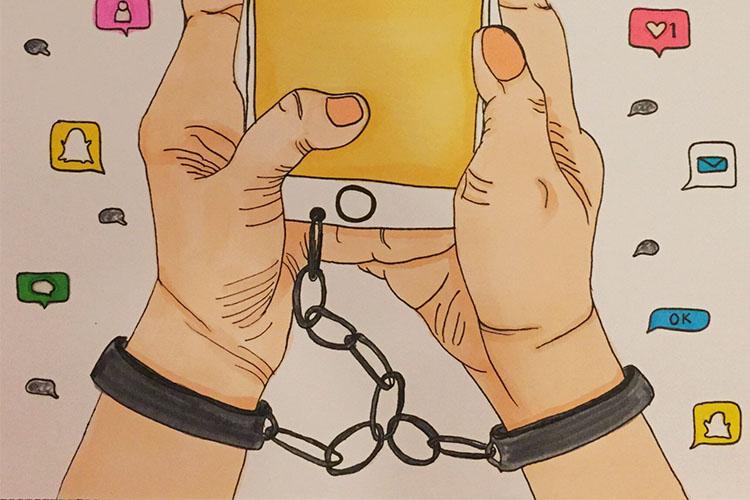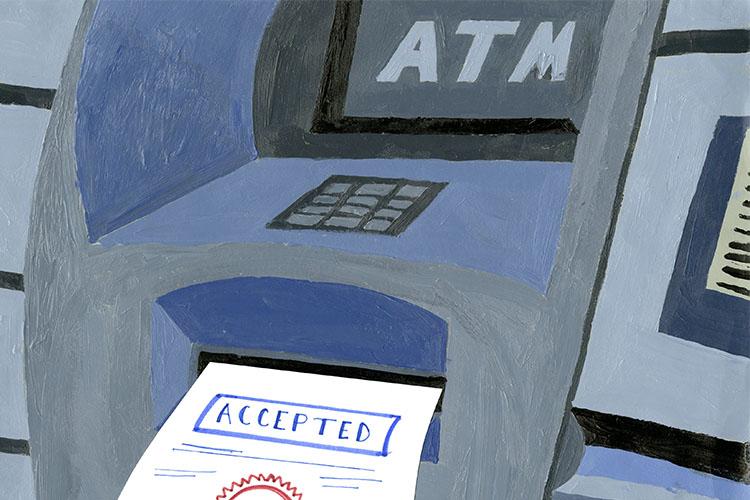//PICTURED ABOVE: Clothes shopping choices can have implications for society and the environment.
With the mall giant Forever 21 preparing to file for bankruptcy soon, according to The Wall Street Journal, eyes are on the future of other brands in the fast fashion market. Some Hockaday shoppers may miss the store, but looking at their business practices should make it easier to say goodbye.
The company, which brought in $4.4 billion in sales during its peak in 2015, has faced growing competition from other fast fashion brands like H&M and has now begun closing down some locations in an effort to downsize.
While Forever 21 has had problems over the years ranging from struggling to sell products on line to offering out-of-style graphic T-shirts, my main, long-standing complaint with the brand has been the environmental impact and human rights violations, not their recent questionable collaboration with Cheetos or the messy state of its stores.
In 2016, one glaring example of its many workers’ rights violations was exposed in the Los Angeles Times, which found that Forever 21’s factories in Southern California paid workers as little as $4 an hour, in a state with a minimum wage of $15 an hour.
Forever 21 is not unique in its practices. Unfortunately, many other similar fast fashion brands are only growing in sales and scope as the fashion industry expands at a rapid pace each year, currently estimated to generate $2.3 trillion annually.
As recently as the 1960s, U.S. companies were still making 95 percent of clothes American consumers bought. Today, the country only makes about 3 percent of what American consumers buy. This shift is due to the outsourcing of clothes manufacturing to primarily developing countries where minimum wages are much lower than those in the U.S. This extreme outsourcing is only one example of the effects of the trend towards the fast fashion business model.
According to the book “Fashionopolis: The Price of Fast Fashion and the Future of Clothes”, 60 percent of fabric is synthetic, which is derived from fossil fuels. Synthetic fibers, much like plastic items, take hundreds of years to decay, meaning landfills will only grow more, since 85 percent of textile waste goes directly to landfills. Some of the largest purveyors of synthetic textiles are these fast fashion brands, mainly due to the low costs of materials like polyester and nylon.
Sustainable brands such as Outdoor Voices, Everlane and Reformation are gaining traction in the mainstream and with environmentally conscious shoppers. These brands generally focus on the longevity and quality of their pieces in order to have a more sustainable business model, one that is not built on quickly circulating trends. Environmentally conscious brands are thus a great option for those who want to have an environmentally friendly wardrobe, but may not enjoy thrifting or buying second-hand clothes.
However, these brands are not completely accessible in price. Everlane, one of the more affordable brands in the movement, still sells basic T-shirts for $18-$25. In a society accustomed to under $5 T-shirts from H&M, it is hard for some to work that into their budget or to remember the reasons for higher prices. While these clothes cost more because dirt-cheap prices are not possible without the use of things like sweatshops and pollution, today’s consumers may find it hard to stomach Reformation’s $150 tops.
Unfortunately, there is no clear, easy solution to the problem because a complete change in the pollution and abuse the fashion industry creates would ultimately require a cultural shift. In 2012, the American Apparel and Footwear Association researched the issue and found that Americans purchase an average of eight pairs of shoes and 68 pieces of clothing every year. No doubt that number has grown since 2012 and I do not see the majority of consumers stopping their habit of constant purchases.
For these reasons, thrifting and online resale websites appear to be the best way to replace fast fashion for those who like to have a rotating, affordable wardrobe (which statistically seems to be the preferred method of most Americans). Fortunately, it’s becoming easier to sell clothes you do not need or only plan on wearing once, whether it is at a place like Buffalo Exchange or Plato’s Closet, or through a website for thrifted clothes, like Depop or Poshmark.
Hopefully in the future, a higher consumer awareness and demand for sustainable and ethical practices will mean more brands like Forever 21 will be replaced by alternate ways of shopping.
Story by Niamh McKinney
Photo by Niamh McKinney







